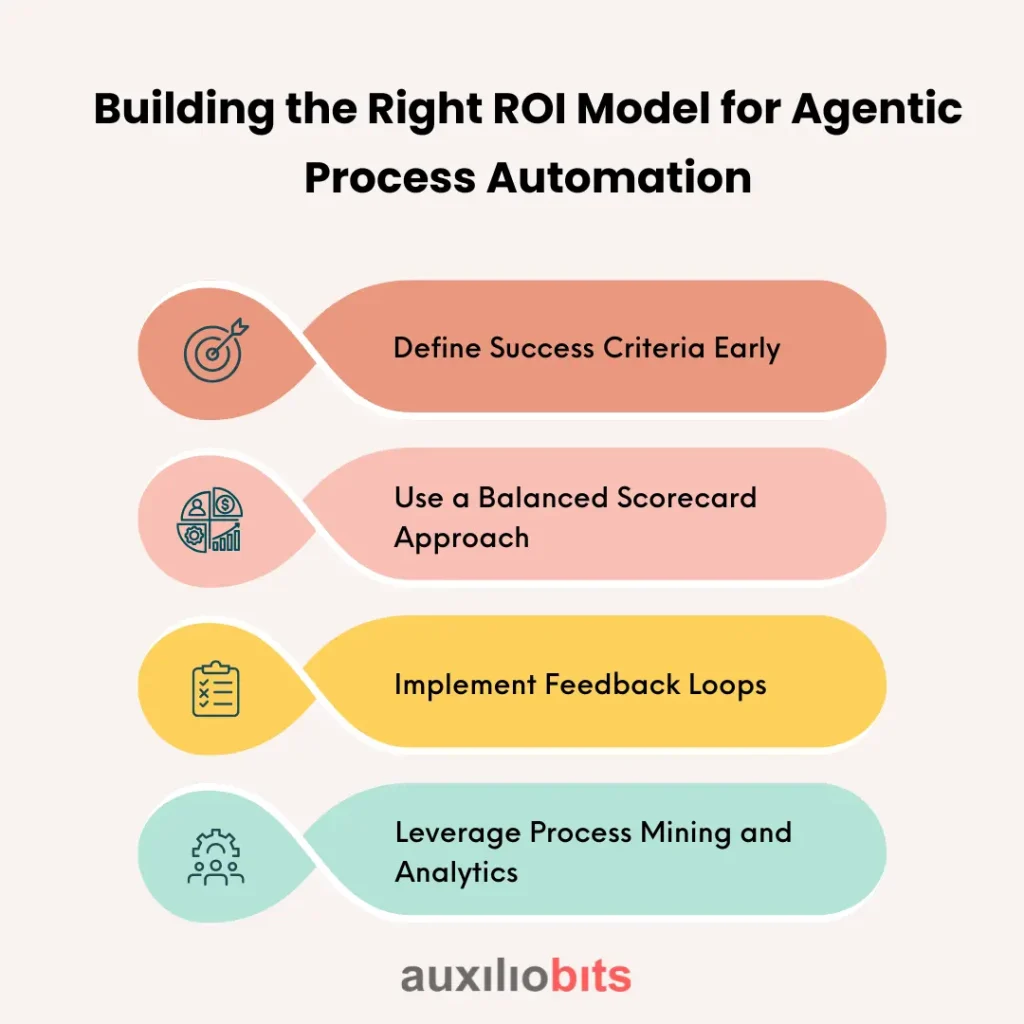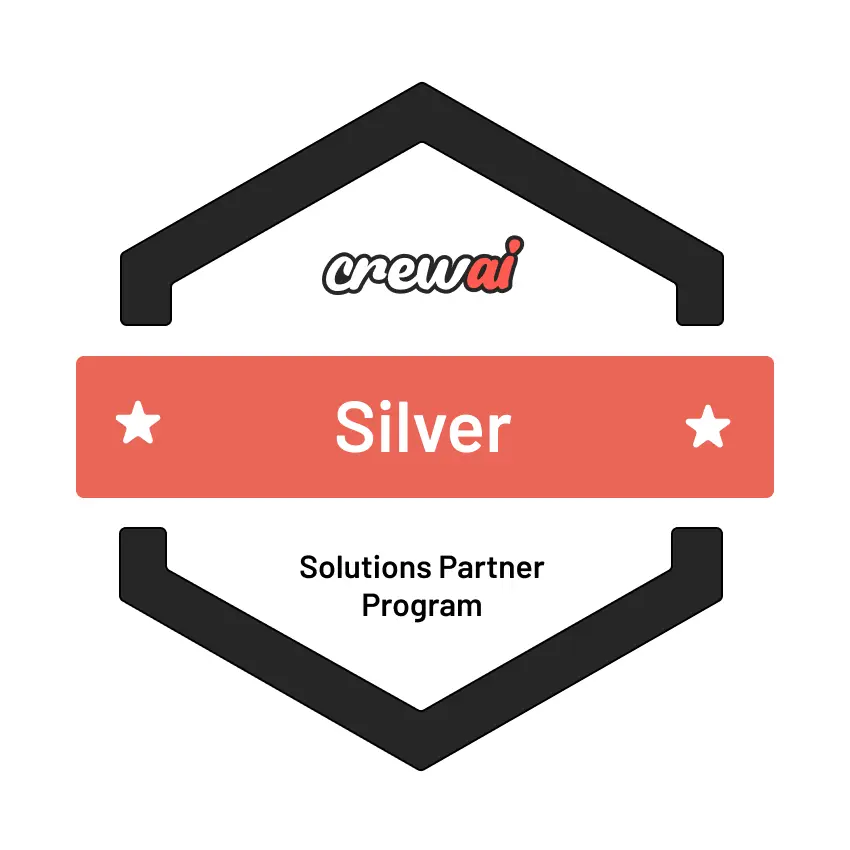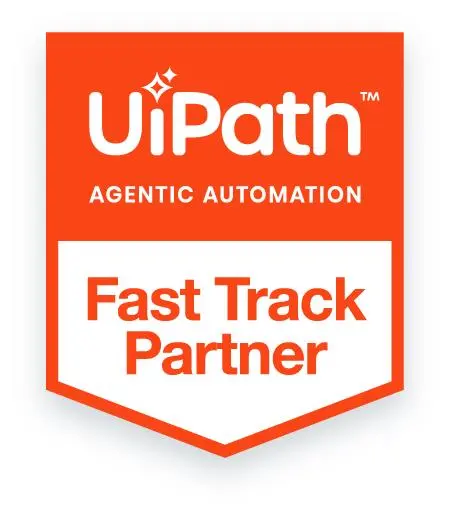
Key Takeaways
- Agentic process automation delivers value through savings, enhancing agility, scalability, and innovation capacity across business operations and customer experience layers.
- Measuring APA’s ROI must include improvements in user satisfaction, employee productivity, and decision quality—areas traditionally overlooked in automation success metrics.
- APA compresses project timelines and accelerates time-to-value by enabling autonomous, adaptive agents that self-learn and iterate without waiting on human intervention.
- APA ensures business continuity during disruptions by autonomously handling exceptions and workflow failures, offering ROI via enhanced resilience and operational uptime.
- APA enhances ROI by providing real-time, intelligent decision support, making enterprises more data-driven and responsive to change, rather than just automating static tasks.
As firms continue to utilize agentic process automation to alter their business strategies, a significant question arises: How can the ROI from advanced agents be measured? Regarding conventional automation projects like robotic process automation, ROI is measured by the cost savings from less manual labor. Additionally, speeding up repetitive tasks also helps. The primary motive here was to reduce time and cut extra operating costs.
Nevertheless, agentic process automation takes basic automation to new heights. Unlike RPA bots that function on advanced set guidelines, APA agents are powered by artificial intelligence. They have the skills to brush up on their skills and adapt themselves as environments change. In addition to this, they can also partner with humans and other agents. This means that APA helps enhance efficiency and ensures customers have a better experience. Also, employees can focus on more essential tasks, keeping themselves at ease. Simply put, the value of agentic process automation is ensuring that everything is done better yet differently.
Also read: MLOps for Agentic AI: Continuous Learning and Model Drift Detection.
Understanding Agentic Process Automation
Agentic process automation has helped companies achieve immense success. In several industries, including financial services, healthcare, supply chain management, and customer service, it has performed exceptionally well in trying circumstances. Numerous activities in these fields require sound judgment, ongoing education, and progress. To provide the best results, agentic systems can communicate with other agents or human users, adapt to new information, and monitor real-time operations. Additionally, APA agents can communicate with several enterprise system tiers. They carry out jobs and intelligently and independently plan entire workflows.
Agentic process automation marks a significant leap forward in the evolution of business process automation. It goes beyond traditional rule-based bots by integrating artificial intelligence technologies such as large language models (LLMs), knowledge graphs, and autonomous AI agents. These intelligent agents can independently plan, reason, learn, and take actions to achieve specific business outcomes. This makes APA a powerful tool for organizations seeking to modernize and scale their operations intelligently and adaptively.
Traditional automation systems like RPA are limited to predefined workflows and structured data. They follow scripted instructions and can break down when faced with exceptions or changing conditions. In contrast, APA systems are dynamic and flexible. They can analyze unstructured data, understand context, and make informed decisions. For example, an APA agent in a customer support scenario can understand a customer’s query in natural language, search relevant documents, extract insights, and provide a tailored response—all without human intervention.
As organizations face increasing pressure to innovate and remain agile, APA provides a foundation for smarter operations. It enables enterprises to move from static automation to intelligent orchestration, transforming how they work and delivering value to customers.
The Limitations of Traditional ROI Metrics
In traditional automation projects, especially those centered around robotic process automation, the return on investment has primarily been calculated using a few well-defined metrics. These typically include:
- Labor cost reduction—automation replaces repetitive human tasks, leading to direct cost savings.
- Throughput increases—bots operate faster and around the clock, increasing the volume of tasks completed.
- Time savings—tasks are completed more quickly, reducing cycle times.
- Error reduction—automation ensures consistency and eliminates human errors in routine operations.
While these indicators are valuable, they only measure surface-level efficiency gains. They work well for simple, rule-based processes but fall short in capturing the broader impact of agentic process automation.
APA introduces a fundamentally different paradigm. With AI-powered agents that can plan, reason, and act autonomously, APA brings a new dimension to automation—one that is adaptive, intelligent, and capable of handling complexity. These agents not only execute tasks but also observe patterns, respond to changes in real time, and generate insights that can transform business operations.
For instance, APA agents can discover new process paths by identifying inefficiencies or bottlenecks that may not be visible to human analysts. They can learn from context and feedback, continuously improving their performance without reprogramming. These agents can also generate actionable insights, surfacing trends, anomalies, or opportunities that would otherwise be missed. Perhaps most importantly, they can proactively drive decisions, offering recommendations or taking action based on real-time data.
Because of these capabilities, traditional ROI metrics no longer provide a complete picture. Relying solely on cost or time savings underestimates the transformative value of APA. Organizations must expand their measurement frameworks to include qualitative and strategic outcomes, such as improved decision-making, process innovation, enhanced customer experience, compliance adherence, and business agility.
Measuring APA’s ROI means recognizing both tangible and intangible benefits. It requires shifting from a narrow focus on operational efficiency to a broader view of business value, where the contributions of intelligent agents are assessed not just by what they automate but by how they elevate the organization’s ability to adapt, compete, and grow in a digital-first world.
Building the Right ROI Model for Agentic Process Automation
As organizations adopt agentic process automation, measuring its return on investment becomes more complex—but more meaningful. Traditional ROI models focusing solely on cost reduction and efficiency fail to capture the full value APA delivers through intelligence, adaptability, and strategic alignment. To truly understand and communicate the benefits of APA, enterprises need to build a more comprehensive and dynamic ROI model. Here are four key steps to achieving that:

a) Define Success Criteria Early
The first step in building a robust ROI model is to define what success looks like before implementation begins. Success criteria should be closely tied to the organization’s strategic objectives, not just automation outcomes. For example, a company might prioritize goals such as
- Improving customer retention through more personalized and responsive service
- Enhancing regulatory compliance by reducing human error in sensitive workflows
- Accelerating innovation cycles using APA agents to prototype and validate new business models quickly.
By setting these broader objectives early, the ROI model becomes a tool for tracking strategic impact, not just tactical wins. This clarity also helps stakeholders maintain alignment and focus throughout the APA journey.
b) Use a Balanced Scorecard Approach
Organizations should adopt a balanced scorecard approach to evaluate APA’s performance holistically. This means combining both quantitative and qualitative metrics across multiple dimensions of value. Examples include:
- Quantitative: labor hours saved, error rates reduced, speed of task execution, compliance accuracy
- Qualitative: employee satisfaction, customer sentiment, ease of use, adaptability to change
Assigning weightings to each metric based on business priorities ensures that the most valuable outcomes receive appropriate attention. For instance, customer satisfaction improvements might carry more weight than cost savings in a customer-centric organization.
c) Implement Feedback Loops
One of APA’s greatest strengths is its ability to learn and improve over time. TOI models must be embedded within continuous feedback loops. To capitalize on this. This means that performance data should be collected and actively used to refine the agents and the processes they manage.
For example, if an APA agent frequently handles exceptions in a particular process, that insight can be used to retrain the agent or redesign the process. Feedback mechanisms also allow organizations to respond to changing conditions and evolving goals, ensuring that ROI remains aligned with current business needs.
d) Leverage Process Mining and Analytics
Organizations need tools to accurately trace agent actions and outcomes across complex workflows to attribute value to APA. This is where process mining and analytics come in. These tools can visualize end-to-end processes, identify inefficiencies, and link agent activity to key outcomes like turnaround time, customer satisfaction, or regulatory compliance.
By mapping out the “digital footprint” of APA agents, businesses gain clarity on how automation drives value and where further improvements can be made. Visualization also makes it easier to communicate ROI to stakeholders, particularly in areas where the impact may be less noticeable.
Building the right ROI model for APA means thinking beyond simple numbers. It requires strategic foresight, a balanced evaluation of outcomes, ongoing learning, and data-driven insight. By following this multidimensional approach, organizations can fully capture APA’s transformative value and use it as a foundation for continuous business growth.
The Evolving ROI Narrative in the Age of AI Agents
Agentic process automation demands a paradigm shift in how we define success. ROI is no longer just about savings; it’s about creating adaptive, intelligent systems that elevate the entire enterprise. By adopting a multidimensional framework, organizations can better justify their investments, optimize deployments, and capture the true transformative power of AI-driven automation.
In a world of continuous disruption and opportunity, the organizations that look beyond cost and embrace comprehensive value metrics will lead the future.
Conclusion
As enterprises integrate agentic process automation into their digital strategies, measuring ROI must surpass traditional yardsticks. By embracing strategic alignment, customer and employee experience, process intelligence, and agility as key value indicators, businesses can unlock the full potential of APA. The future of ROI measurement is holistic, adaptive, and centered on long-term enterprise growth, not just short-term savings.








